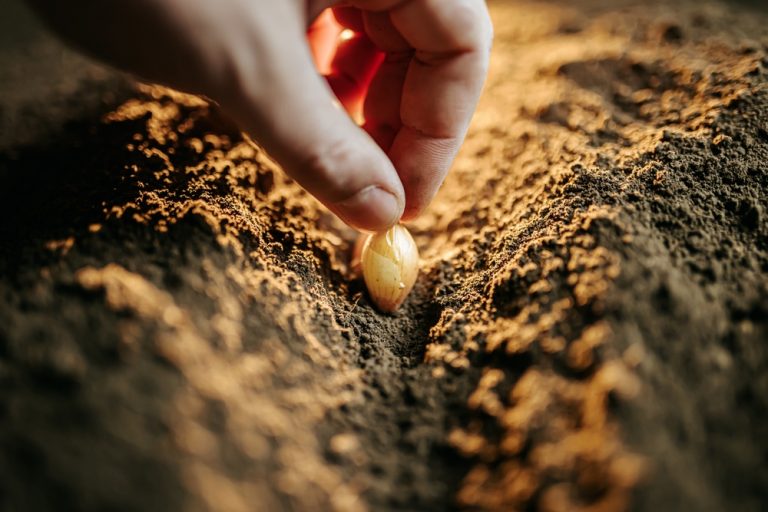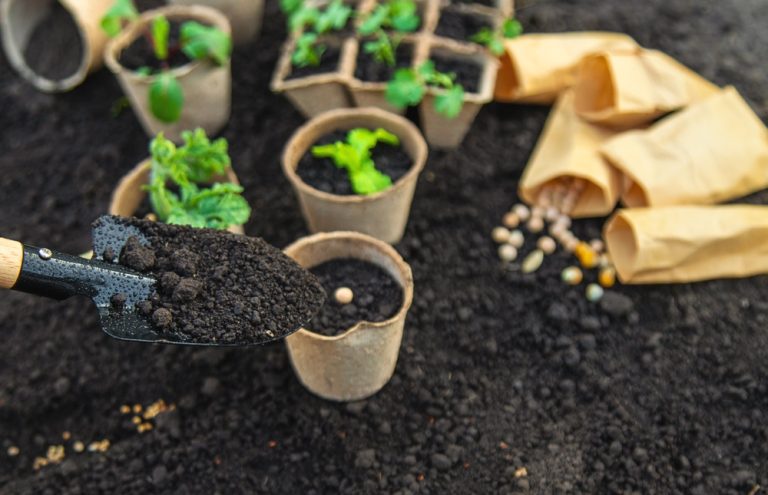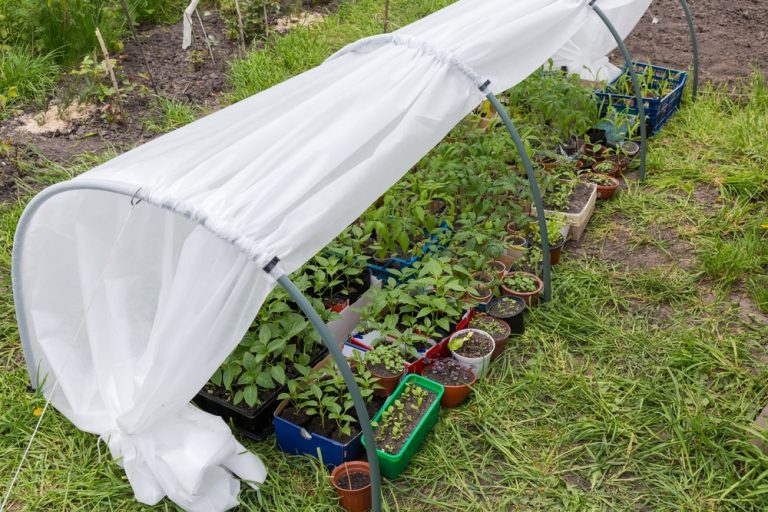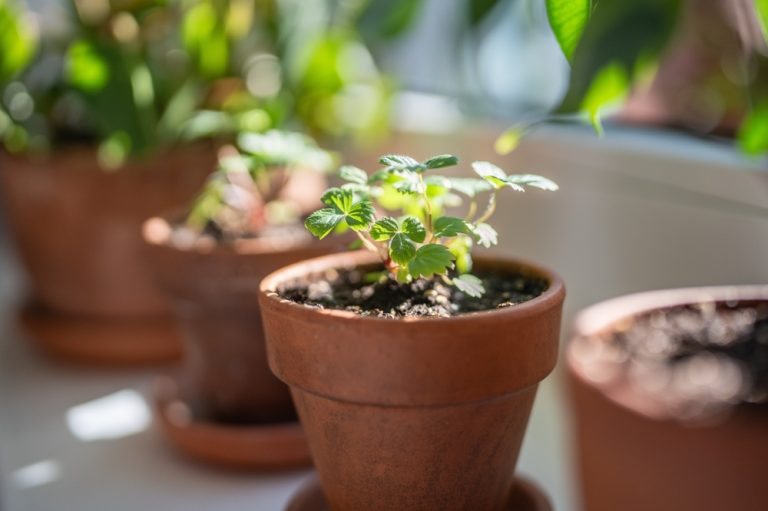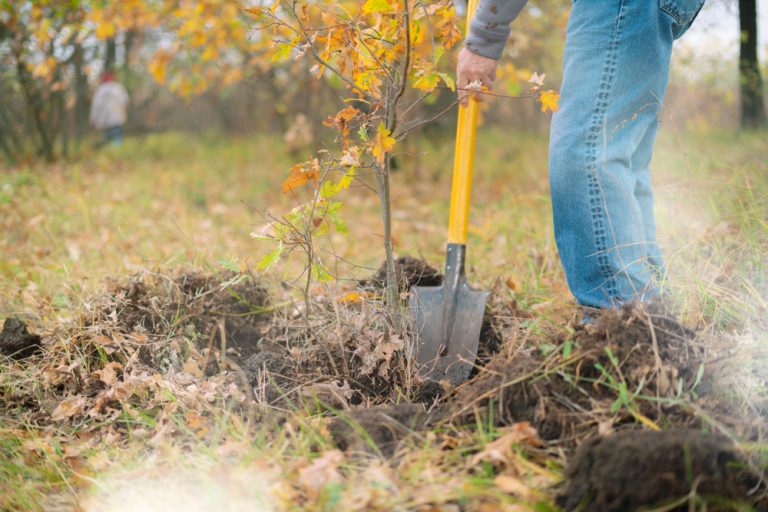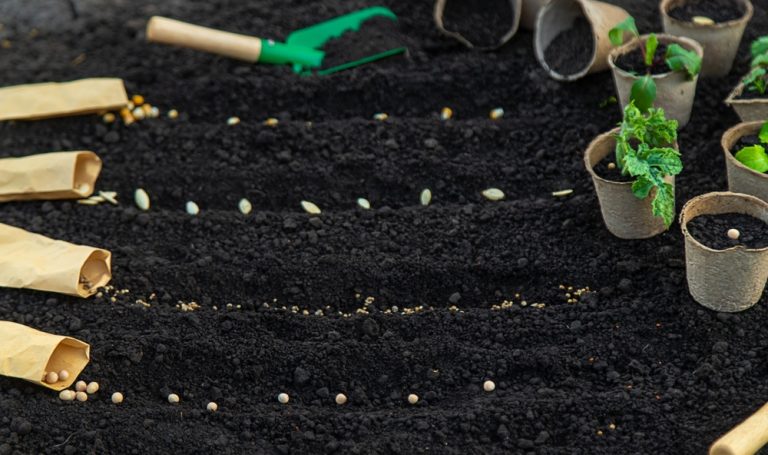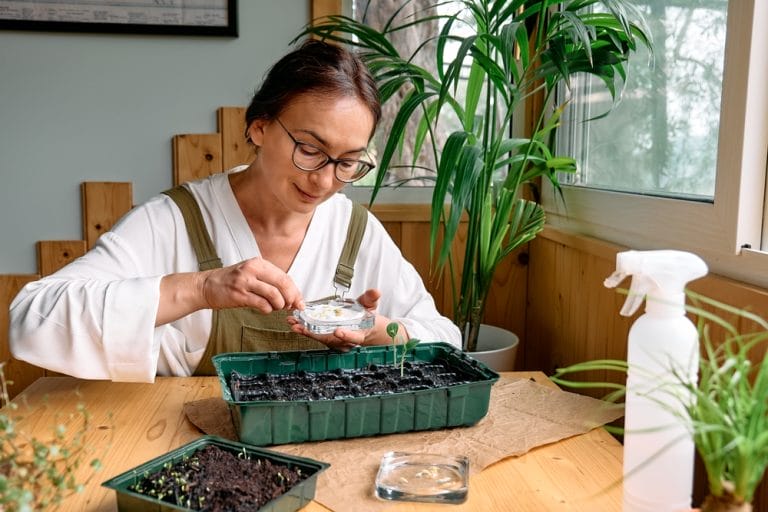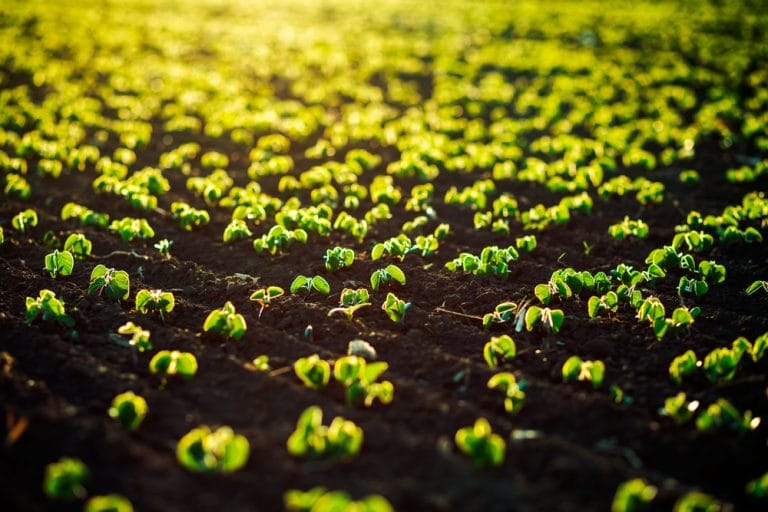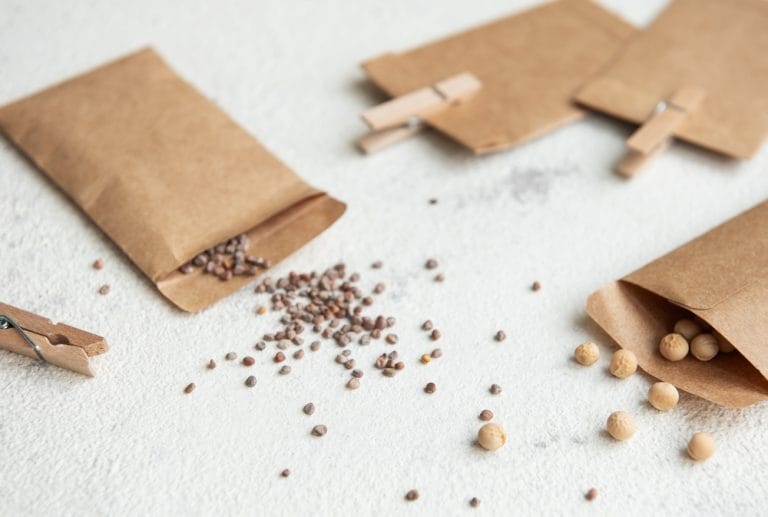The holidays don’t have to be all tinsel, cookies, and crowded stores—they can also smell like soil, sound like laughter, and feel like the promise of spring tucked neatly into tiny envelopes. When gardeners gather during the colder months, something magical happens: hope gets traded, stories get swapped, and friendships grow right alongside future plants….
seeds
The Smart Way to Store Garden Seeds During the Holidays
The holidays arrive with glittering lights, crowded calendars, and a thousand tiny distractions, but beneath all that cheer is a quiet opportunity most gardeners overlook. While everyone else is focused on wrapping paper and leftovers, your future garden is waiting patiently for a little attention. Those humble seed packets tucked into drawers and jars are…
6 Garden Journal Prompts to Prepare for Spring While It’s Snowing
Winter has an ice-cold ability to slow everything down. Frosty mornings, icy sidewalks, and the endless blanket of white make it feel like your garden is in a deep, frozen slumber. But inside, your imagination can be blooming like never before. While snowflakes drift lazily outside, your garden journal is the perfect place to plan,…
9 Late-Season Seedlings That Work in Cold Frames
As the days get shorter and frost starts sneaking in like an uninvited guest, many gardeners hang up their hats and call it a season. But wait! Cold frames—those magical mini-greenhouses hugging the ground—are here to rescue your late-season garden dreams. They trap heat, protect tender plants, and extend your growing season well into chillier…
12 Ways to Grow Microgreens Indoors While the Ground is Frozen
Winter has a way of turning gardens into icy wastelands, but that doesn’t mean your green thumb has to hibernate. Microgreens, those tiny, nutrient-packed powerhouses, are the perfect indoor solution to keep your taste buds and your plants thriving while the ground outside is frozen solid. They grow fast, look gorgeous on any plate, and…
How to Build a Garden Routine That Works While It’s Too Cold to Dig
Winter is here, and your garden looks more like a frozen tundra than a thriving paradise. You might feel stuck, thinking there’s nothing to do until the soil thaws and the sun returns. But the truth is, this is the perfect time to prepare, plan, and dream about the season ahead. A garden routine doesn’t…
10 December Seed Orders That Smart Gardeners Are Placing Right Now
Winter might have you dreaming of snowflakes and hot cocoa, but for gardeners, December is the perfect time to plan for the growing season ahead. While most people are focused on holiday shopping and end-of-year celebrations, savvy green thumbs are already clicking “add to cart” on seed packets that will set them up for a…
Start These Seeds Indoors Now to Beat Spring Rush
Spring might still be hiding behind winter’s last cold breath, but every gardener knows the real race begins long before the snow melts. There’s something electrifying about cracking open a packet of seeds while the world outside still looks half-asleep. It feels like a secret head start, like you’ve discovered a cheat code the rest…
Why Seedlings Fail in Late Plantings
There’s a certain kind of optimism that hits when you drop seeds into soil later in the season—like you’re beating the system, sneaking in one last chance at garden glory. The sun is warm, the days still feel long, and the soil practically whispers, “Go ahead, plant something.” But then, within weeks, that hope turns…
11 Seeds to Store in Paper Bags This Fall
Fall arrives like a friendly reminder that your garden’s greatest treasures aren’t the blossoms you admired all summer—it’s the seeds hiding inside them. There’s something wildly satisfying about gathering those tiny future-plants and tucking them away like secret investments for spring. Storing seeds in paper bags feels old-school in the best possible way: simple, reliable,…
